This Easy Trick Stops Your Houseplants Dying When the Furnace Comes On
As the days grow colder, our houses are set to become much warmer… which can wreak havoc on our houseplants.
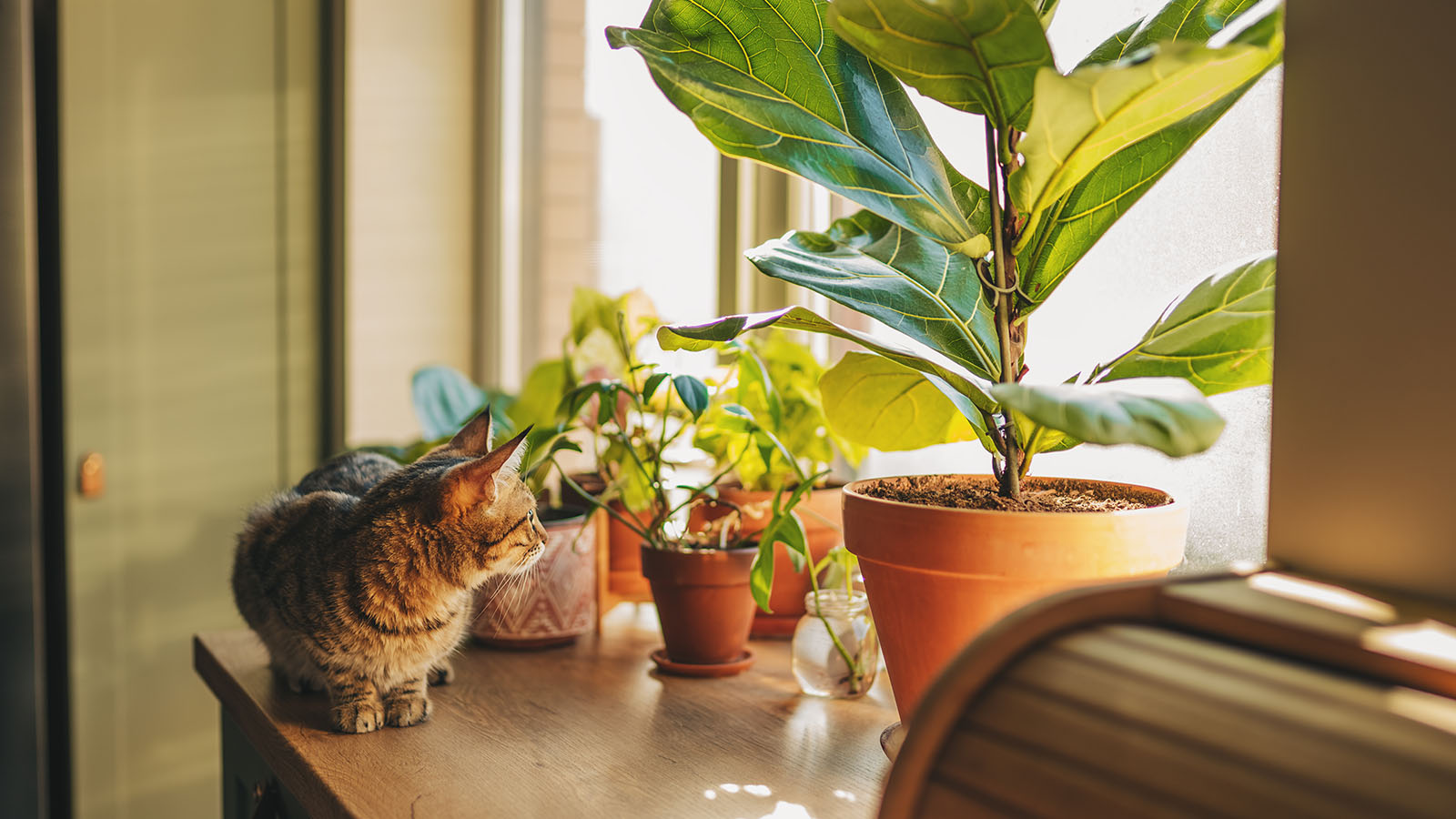

Forget the crazy cat lady trope; if you, much like this writer, are a self-confessed ‘crazy indoor plant lady’, then you won’t want to see all of your coddling and nurturing go down the toilet when temperatures shift. Thankfully, there’s an easy trick that stops your houseplants dying when the furnace comes on.
Every single fall, it happens. The furnace clicks on, and suddenly once-thriving houseplants start drooping, browning, or dropping leaves overnight. Most people, when consulting their beginner’s guide to houseplants, might assume their plants need more water or less light. They’d be wrong, though.
Why? Well, according to experts, the real issue isn’t temperature at all: it’s all to do with how you acclimatize your indoor plants for the winter. Because, like so many of us humans, our precious plants positively hate instability.
Why Stability Matters
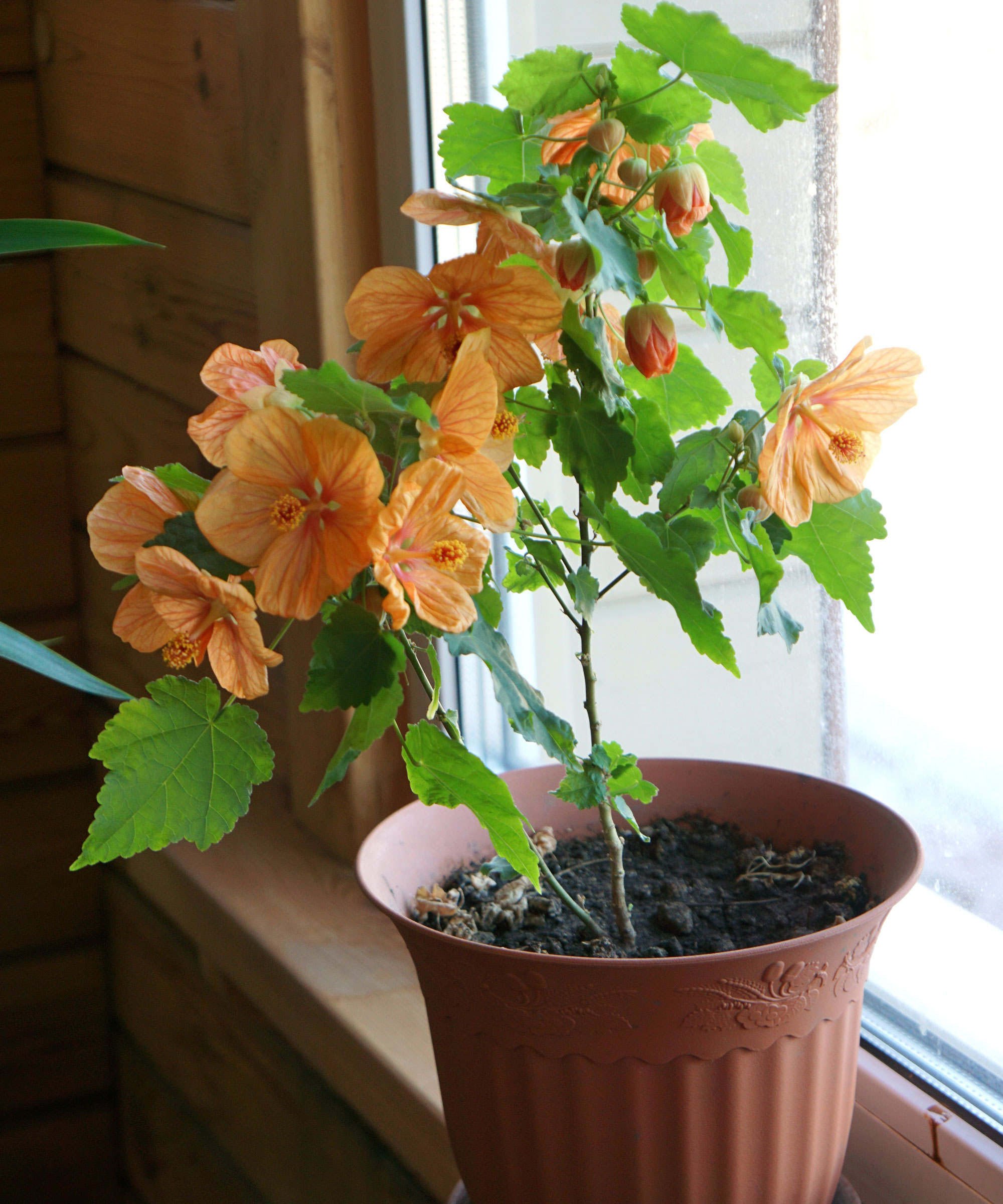
There’s an art to keeping houseplants alive in the winter, and it’s (almost) entirely hinged upon managing their expectations.
“Houseplants don’t like surprises,” says horticulturalist Ollie Burgess. “Heating changes their microclimate; the air dries out, temperatures fluctuate, and drafts appear. For plants, that’s stressful.”
The single most important rule to keep houseplants alive through the heating season is simple, then: keep the environment steady. Which means, you guessed it, avoiding big temperature swings.
How Heating Shocks Houseplants
When the furnace kicks in, several things happen at once. Firstly, the humidity drops quickly, prompting dry air to pull moisture from leaves and soil. Secondly, the temperature varies sharply between day and night, causing a lot of stress for your beloved indoor plants.
Sign up for the Gardening Know How newsletter today and receive a free copy of our e-book "How to Grow Delicious Tomatoes".
Thirdly? Well, drafts appear from vents, doors, and poorly insulated rooms, which is another one of those stress signals that can make plants behave as though they’re in drought, even if the soil is moist. That’s why you might start to see crisping leaf edges, curling, or sudden limp growth.
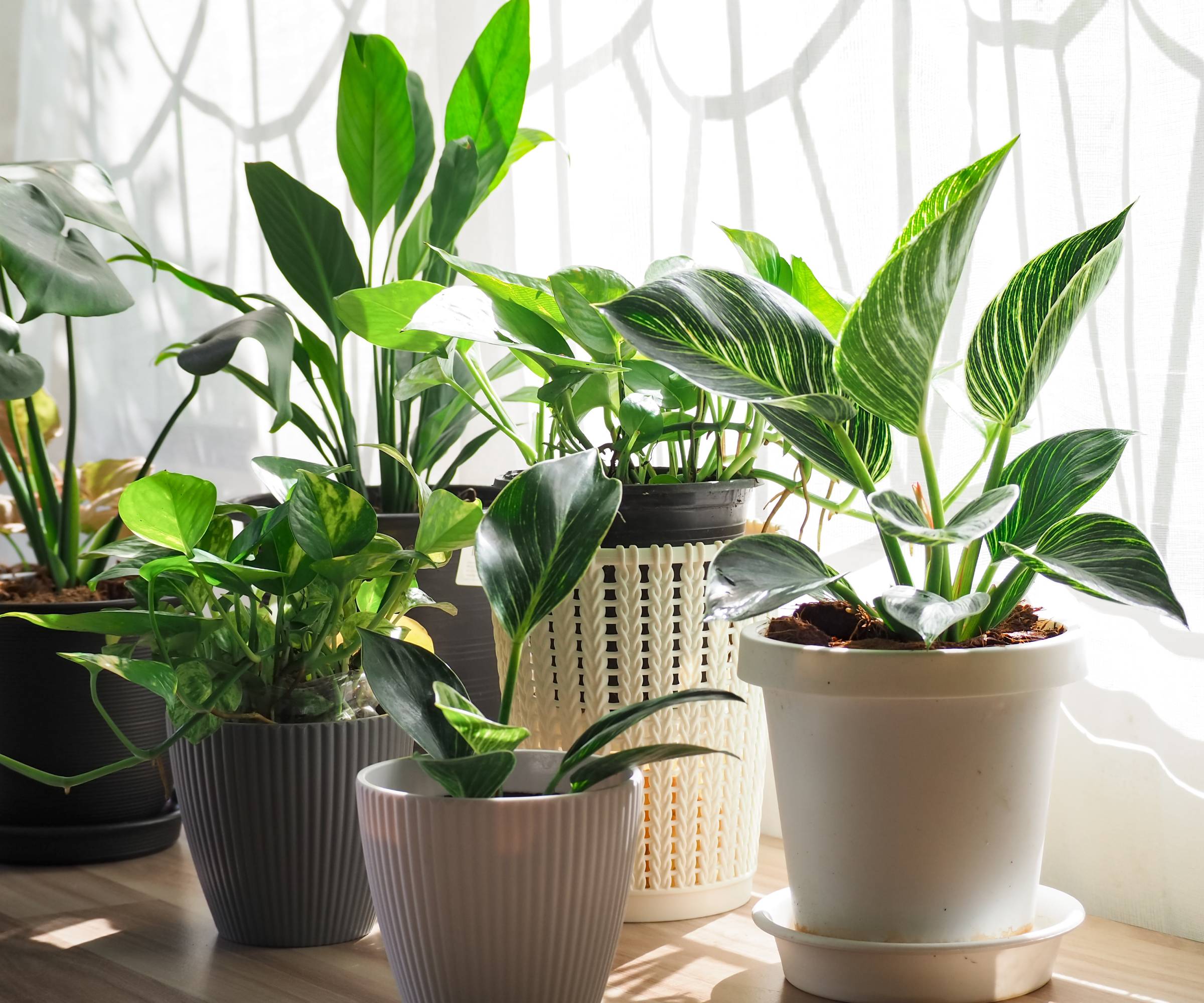
While something like Amazon’s Flora Pod AI-Powered Smart Plant Monitor can help prevent this with its clever alert system, there’s an even easier (and cheaper!) option available...
The Ideal Temperature for Houseplants in Winter
“The biggest mistake I see is running the heating on a high, fluctuating schedule,” says Burgess. “Even swings from 60°F at night to 77°F during the day can stress plants.”
So what should you aim for? Adam Knight, lead engineer at BOXT, recommends keeping things between 69-70°F when you’re at home and active. If you’re away, though, or need something a little cooler overnight, aim to take things no lower than 62-64°F.
Basically, then, the easy trick that stops your houseplants dying when the furnace comes on is to keep all temperature changes within 3-4°F total wherever possible.
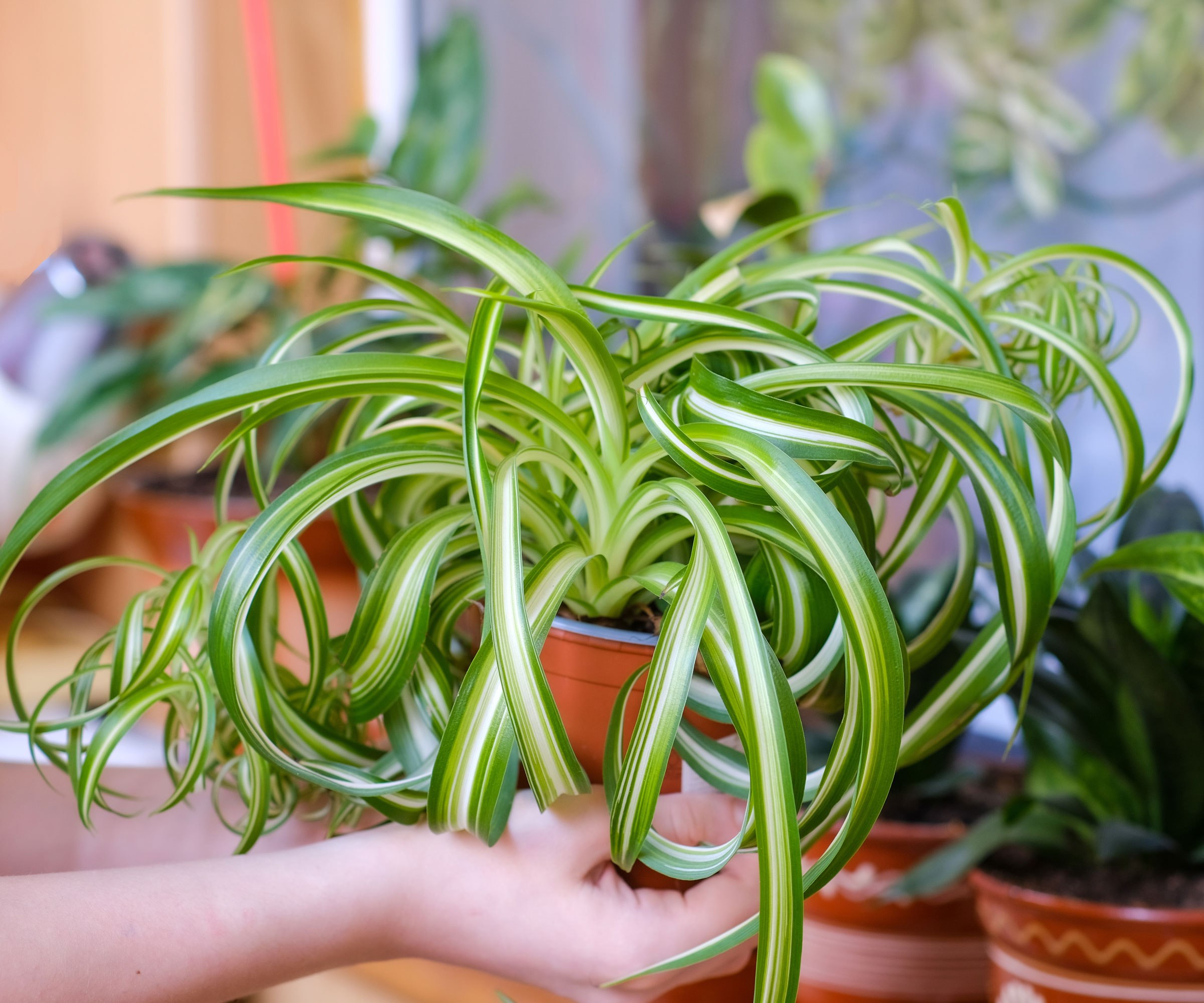
“Sudden on/off heating cycles send rooms bouncing between hot and cold,” says Knight. “A smart thermostat maintains a gentle, steady heat, which is better for comfort and for plants.”
Practical Ways to Keep Plants Stable Through Heating Season
While this easy trick stops your houseplants dying when the furnace comes on, there are a few other things you can do to keep your plant babies thriving in your hotter-than-usual home.
For starters, you can move plants away from direct heat vents or radiators; even a one-foot shift can prevent scorch damage. Knight and Burgess also suggest grouping plants together to help raise localized humidity naturally, not to mention using pebble trays (like this bamboo plant saucer from Amazon) or occasionally misting them… but take care to avoid overwatering, which can lead to root rot in cooler months.
“In winter, soil behaves differently,” says Burgess. “It dries more slowly, so always check moisture with your finger before adding water… and rotate them when you water them to ensure all sides get even light exposure.”
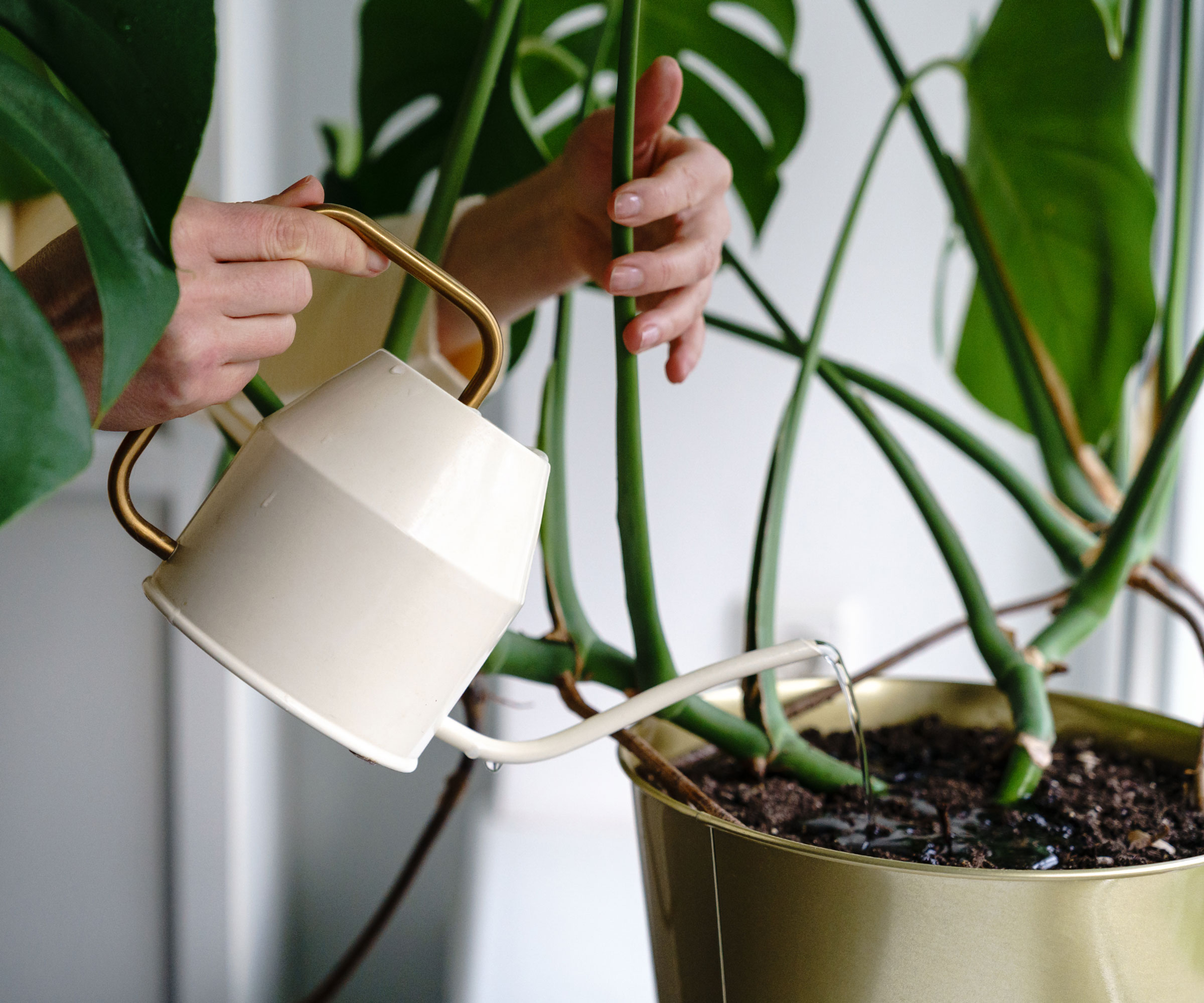
“In winter, soil behaves differently,” says Burgess. “It dries more slowly, so always check moisture with your finger before adding water… and rotate them when you water them to ensure all sides get even light exposure.”
You should also take care to rotate plants away from cold window drafts at night, especially in older homes with single-pane glass, and use a smart thermostat if possible, as it can keep the ambient temperature much more consistent than manual systems.
Case in point? Across the pond, BOXT is offering a free Hive Thermostat Mini with new boiler installs, so take inspiration: you can pick up a Thermostat + Hive Hub from Amazon easily enough, or you could splash out on an ecobee Smart Thermostat Essential if you prefer.
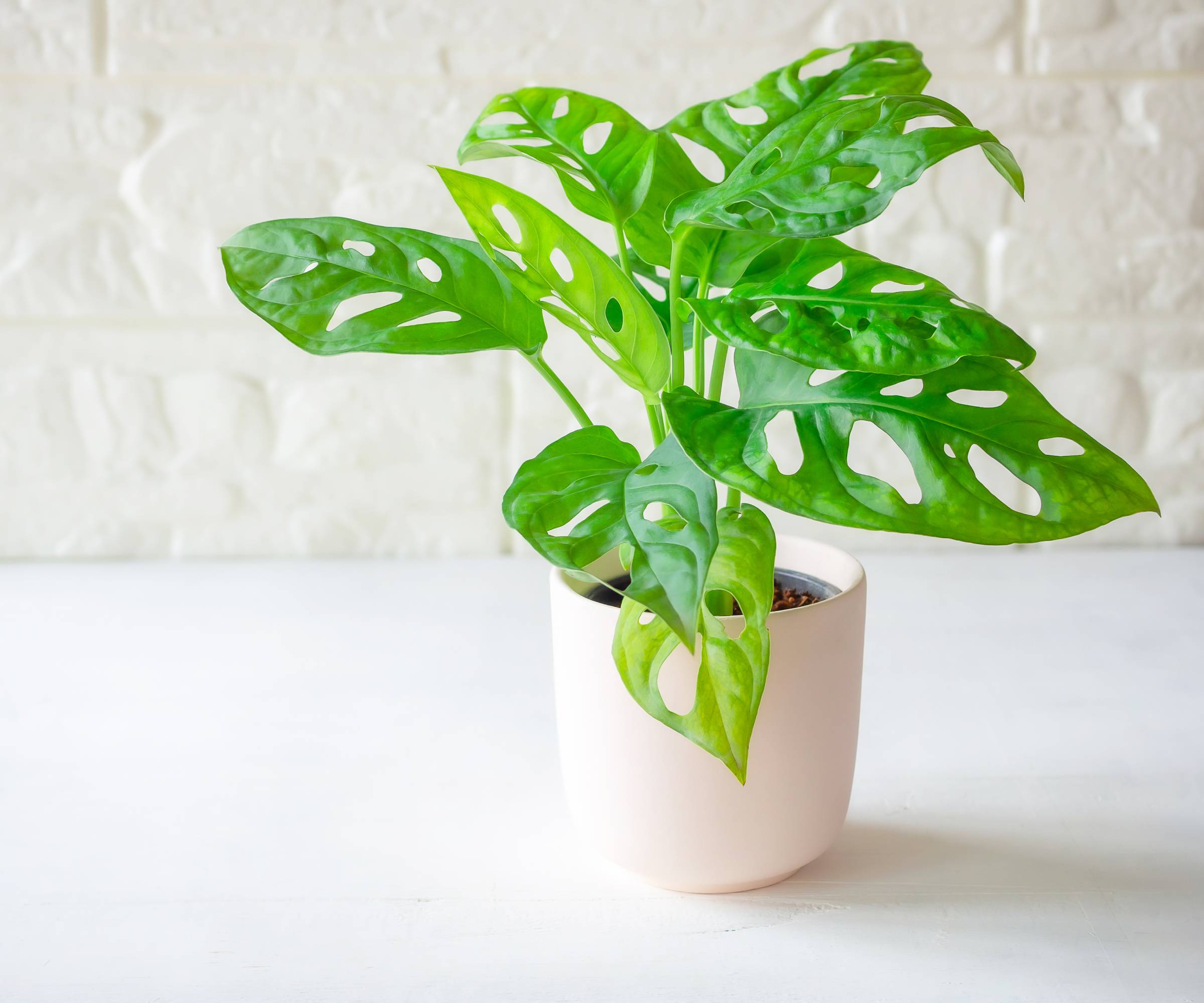
You don’t need tropical misting sessions, fertilizer boosters, or complicated hacks to survive winter. They just need our easy trick to stop your houseplants dying when the furnace comes on: consistency.
If you keep your indoor temperature and humidity steady (not high, just stable), then your plants will adapt smoothly to the season of thermostats and furnaces. Keep the climate calm, and your plants will stay calm too. What could be better, eh?

Kayleigh is an enthusiastic (sometimes too enthusiastic!) gardener and has worked in media for over a decade. She previously served as digital editor at Stylist magazine, and has written extensively for Ideal Home, Woman & Home, Homes & Gardens, and a handful of other titles. Kayleigh is passionate about wildlife-friendly gardening, and recently cancelled her weekend plans to build a mini pond when her toddler found a frog living in their water barrel. As such, her garden – designed around the stunning magnolia tree at its centre – is filled to the brim with pollinator-friendly blooms, homemade bird feeders, and old logs for insects to nest in.